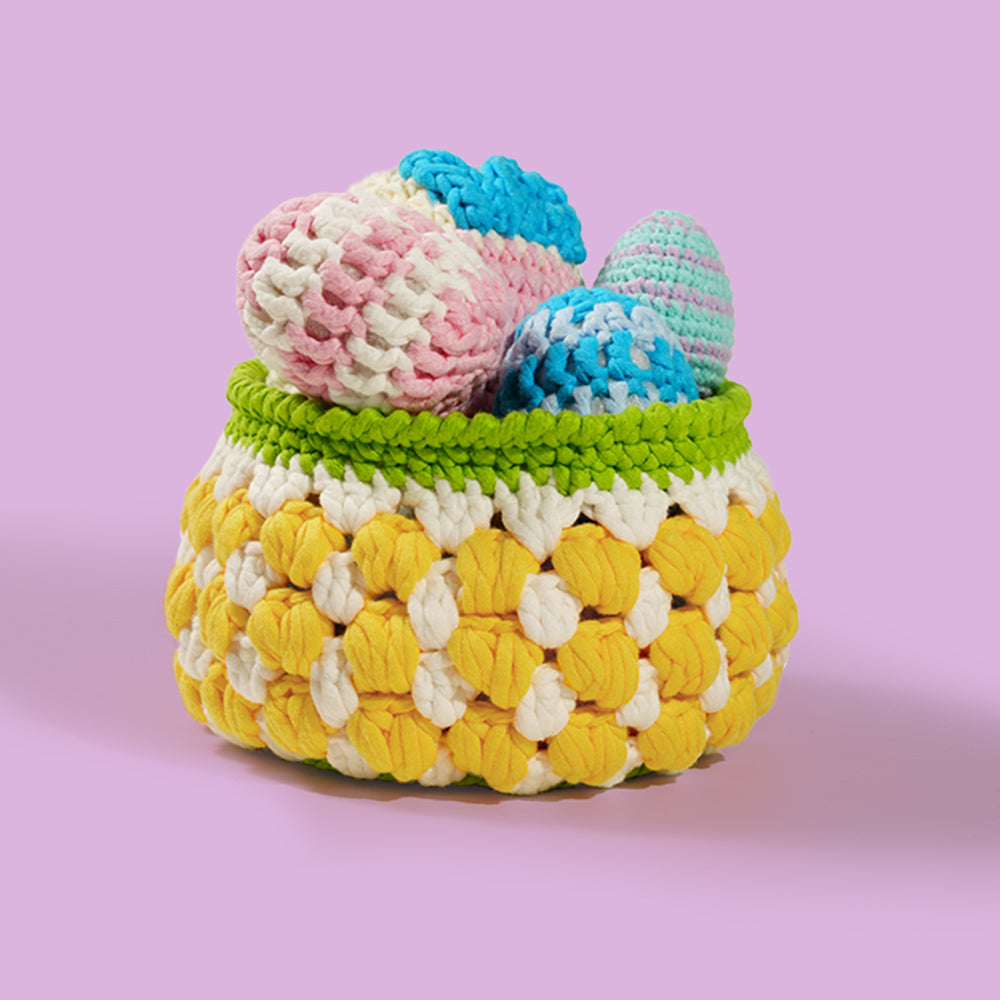How to Start a Crochet Chain: The Ultimate Beginner’s Guide
Introduction
Every crochet project begins with one simple movement: creating a chain of interlocking loops on your hook. While it may seem elementary, the chain stitch is more than just “practice stitches”—it forms the base or turning point for rows and rounds, defines fabric shape, and influences overall tension and appearance. Whether you’re crocheting a cozy scarf, delicate lace, or a sturdy tote, a well-made chain sets you up for success.
What Is a Crochet Chain?
The chain stitch is the most basic of all crochet stitches, symbolized as “ch” in patterns, and is used to begin most projects. It consists of pulling the working yarn through a loop on the hook to form a continuous strand of interlocking loops. Essentially, a starting chain serves as the “casting on” in knitting, providing a row of evenly sized loops on which subsequent stitches are built.
Why Use a Chain?
-
Foundation Row: The very first row in most patterns is a series of chain stitches—known as the foundation chain—which creates the base upon which you crochet all following stitches.
-
Spacing & Shaping: Chains can be worked within patterns to create open spaces (for lace or motifs), shape fabric (corners, increases, decreases), or define edges.
-
Turning Height: At the end of a row, chain stitches are worked to bring the hook to the appropriate height for the next row’s stitch (e.g., 1 ch for single crochet, 3 ch for double crochet).
-
Versatility: Chains are used to begin rounds (joined into a ring), craft decorative edgings, create foundation single crochet (chainless starting row), and more.
How to Start a Crochet Chain: Step-by-Step Tutorial
Follow these steps to create a tidy, consistent starting chain:
-
Make a Slip Knot & Place on Hook
-
Twist your yarn to form a loop, then pull one strand through the other to create a slip knot.
-
Slide the slip knot loop onto your hook, adjusting tension so it moves smoothly but doesn’t slip off.
-
-
Hold for Tension
-
With your yarn hand, hold the working yarn and tail to maintain even tension—experiment to find the grip that feels comfortable and yields uniform loops .
-
-
Yarn Over & Pull Through
-
Yarn over (wrap the working yarn from back to front around the hook) and pull that loop through the slip knot loop on the hook.
-
You now have one chain stitch, with one loop remaining on the hook.
-
-
Repeat to Desired Length
-
Continue yarning over and pulling through the loop on the hook until you have the number of chains required by your pattern or project.
-
-
Check Your Chain
-
Ensure all chains have a consistent size and tension. Avoid pulling too tight (hard to work into later) or leaving them too loose (sloppy edge).
-
Pro Tip: For a more polished starting edge, flip your foundation chain and crochet into the “back bump” of each chain rather than the upper two loops—this technique creates a finished edge that mirrors the top of your work .
Suitable Project Scenarios
Chains are not only a starting step but also the star of simple, elegant projects:
-
Chain-Only Creations: Scarf of a Thousand Chains, beaded necklaces, braided belts, and decorative chains can be made using only chains (and occasional slip stitches) for rapid, relaxing projects.
-
Mesh & Lace: Filet crochet and mesh patterns rely heavily on chains to form open grids and lace motifs, creating lightweight, breathable fabrics.
-
Motif Joinery: Chains can be used to link granny squares, motifs, or borders, delivering flexible join-as-you-go construction methods.
-
Tunisian Crochet Foundation: Many Tunisian techniques begin with a traditional crochet starting chain before moving to specialized stitches.
Advantages of a Well-Executed Chain
-
Even Tension: A uniform chain translates to consistent gauge throughout your work, preventing warp or uneven edges.
-
Professional Appearance: Clean, straight foundation chains give your projects a polished look, making them more marketable or gift-worthy.
-
Structural Stability: Properly tensioned chains resist stretching or sagging, ensuring garments retain their shape and drape predictably.
-
Ease of Working Into: A neatly formed chain with clear bumps on the “back” offers easy entry points for your hook, speeding up your crocheting and reducing mistakes.
Conclusion
Mastering the crochet chain is the first—and arguably most important—step in your crocheting journey. By understanding what a chain is, why it’s essential, and how to execute it with precision, you lay a solid foundation for all your future projects. From simple chain-only scarves to intricate lace motifs and Tunisian techniques, a fluent chain stitch will elevate your craftsmanship and unlock endless creative possibilities.
With practice, you’ll develop the muscle memory and tension control needed to produce flawless chains every time—so pick up your hook, find your favorite yarn, and start chaining!
